S3.06 The Milkman
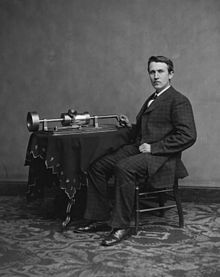
Phonogram is it really phonograph?
A phonograph, in its later forms also called a gramophone (as a trademark since 1887, as a generic name in the UK since 1910) or since the 1940s called a record player, or more recently a turntable,[a] is a device for the mechanical and analogue recording and reproduction of sound.

Iceland calls them Phonograms
Recording costs refers to the costs enumerated in in Article 6 of the Act on temporary reimbursement of recording cost. Hourly studio rates for recording, wage expenses incurred during the recording for hired performers, producers, engineers or studio personnel, post-production (including sound mixing and mastering), travel and transport costs for musical instruments and lead performers, own salary, c.f. Article 7. of law No. 110/3016. In order to apply for reimbursement for recording cost of phonograms, the phonograms have to contain 30 min of music, not more than 18 month passed between the release of the oldest phonogram until the most recent phonogram was released, no more than six months have elapsed since the release of the latest phonogram until application was submitted to the Ministry. Hourly studio rates for recording.

The Althing
The constitution of Iceland provides for six electoral constituencies with the possibility of an increase to seven. The constituency boundaries and the number of seats allocated to each constituency are fixed by legislation. No constituency can be represented by fewer than six seats. Furthermore, each party with more than 5% of the national vote is allocated seats based on its proportion of the national vote in order that the number of members in parliament for each political party should be more or less proportional to its overall electoral support. If the number of voters represented by each member of the Althing in one constituency would be less than half of the comparable ratio in another constituency, the Icelandic National Electoral Commission is tasked with altering the allocation of seats to reduce that difference.

99 Drams of Whiskey: The Accidental Hedonist's Quest for the Perfect Shot and the History of the Drink
by Kate Hopkins
Kate Hopkins knew there had to be more to whiskey than using it as a mixer. She had an unquenchable thirst to learn more about "the drink" and set out on an ambitious itinerary researching its history. Combining comprehensive research with informal narrative, Hopkins entertains and educates the readers on whiskey's place in the history of the world. She visited historians and pub owners, went to distilleries owned by corporations who sell thousands of gallons per day, and artisans who sell thousands of gallons per year, and interviewed the aficionados and the common drinkers, because one of the best aspects of whiskey is not just its taste, but the stories about the drink that are told around the bar. As an added bonus, she discusses the fine art of distilling, the proper ways to drink whiskey, and provides tasting notes on different brands, all in the hope of discovering the best shot of the liquor.

the Whiskey Rebellion
The Whiskey Rebellion (also known as the Whiskey Insurrection) was a violent tax protest in the United States beginning in 1791 and ending in 1794 during the presidency of George Washington. The so-called "whiskey tax" was the first tax imposed on a domestic product by the newly formed federal government. Beer was difficult to transport and spoiled more easily than rum and whiskey. Rum distillation in the United States had been disrupted during the American Revolutionary War, and whiskey distribution and consumption increased afterwards (aggregate production had not surpassed rum by 1791). The "whiskey tax" became law in 1791, and was intended to generate revenue for the war debt incurred during the Revolutionary War. The tax applied to all distilled spirits, but consumption of American whiskey was rapidly expanding in the late 18th century, so the excise became widely known as a "whiskey tax".
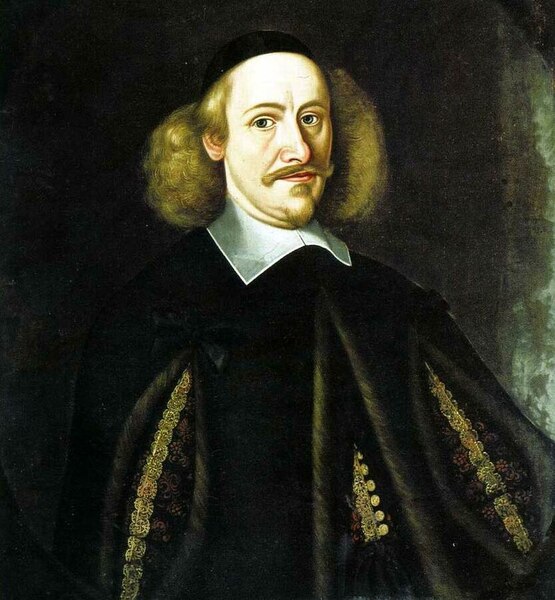
Otto von Guericke
His scientific and diplomatic pursuits finally intersected when, at the Reichstag in Ratisbon in 1654, he was invited to demonstrate his experiments on the vacuum before the highest dignitaries of the Holy Roman Empire. He built a vacuum pump, pumped air out of a two joined magdeburg hemispheres, attached a team of horses to each side, and had them pull. He demonstrated this again to the King of Prussia in 1663 and was awarded a lifetime pension. One of these dignitaries, the Archbishop Elector Johann Philipp von Schönborn, bought von Guericke's apparatus from him and had it sent to his Jesuit College at Würzburg. One of the professors at the College, Fr. Gaspar Schott, entered into friendly correspondence with von Guericke and thus it was that, at the age of 55, von Guericke's work was first published as an Appendix to a book by Fr. Schott – Mechanica Hydraulico-pneumatica – published in 1657.

Pappy Van Winkle Family Reserve
This very rare, limited edition bourbon takes generations of distilling know-how to produce. Only the most careful and expensive distilling method can be used to create a whiskey as special as this one. Each barrel ages for 23 years and is carefully selected from the heart of the warehouse. This whiskey should be enjoyed neat.
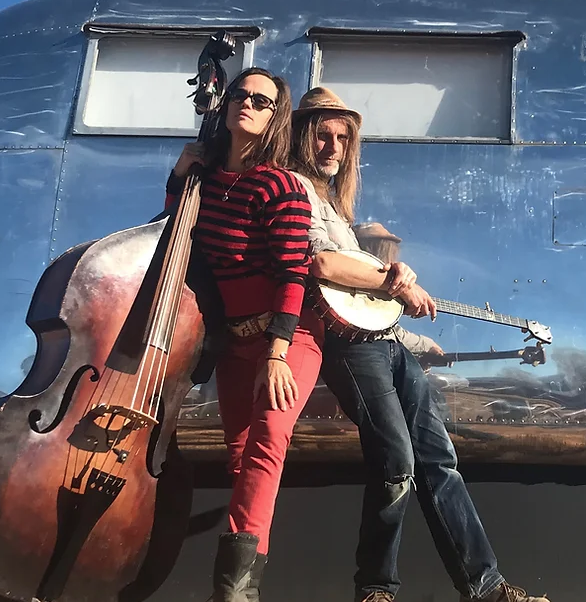
Mike West and Truckstop Honeymoon
Hollering with all their hearts over a five string banjo and a doghouse bass, Truckstop Honeymoon live the life they sing about. Touring across three continents with four kids and a truck load of songs, Katie and Mike West tell stories about the strangeness of everyday life. Their music combines elements of bluegrass, music hall jazz, and straight up rock’n’roll. They have released nine albums and a full length documentary film, produced over two hundred albums for other artist, and received awards for Lifetime Achievement in the Arts.

Hyperspace by Beck
Hyperspace is the fourteenth studio album by American musician Beck. It was released through Capitol Records on November 22, 2019. It followed Beck's divorce from his wife Marissa Ribisi in February 2019. The album is a collaborative project with high-profile producer Pharrell Williams, who is credited for production and features on several songs. Recording for the album started in late 2018.
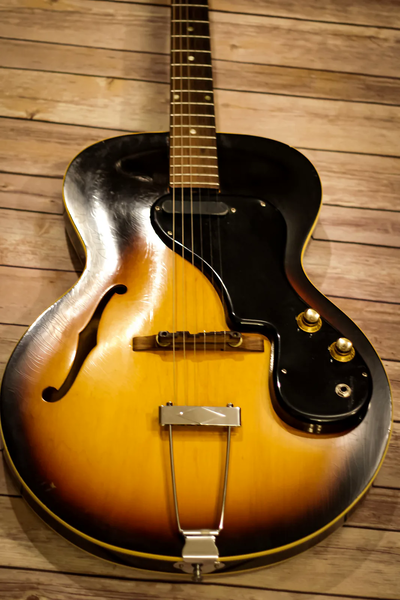
Gibson ES 120T
The body and neck are solid. There are 2 areas that caught my eye. There appears to be a little crack where neck meets headstock that has been glued. It doesnt appear to go all the way across, so I don't believe it was a broken headstock just maybe something preventive. There is all an unfinished line where fretboard meets the body on the right side. Again, it doesn't appear any significant repair happened, so I don't know if that was a manufacturing thing or if something was done. It is all very solid so without knowing the history before we owned it, I cant be certain.
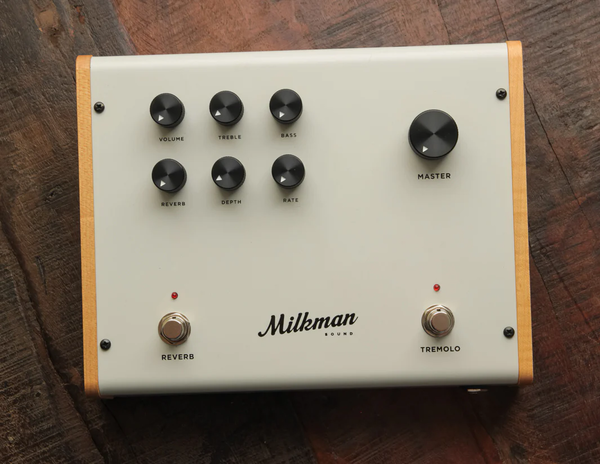
The Milkman “The Amp”
"What is The Amp? First and foremost, it's a 50W guitar amplifier. The preamp is based around a single 12AX7 running at high voltage in a discrete Class A circuit. The tube preamp reacts with a guitar the same way any tube amplifier does: it generates harmonics and the sweet sounding high fidelity tone that tubes are known for. Along with tube EQ, there are on-board reverb and tremolo effects so that The Amp can be used as a grab and go amplifier. Foot switches for bypassing the effects are built in. A Class D power section delivers 50 watts into 8 ohms, or 100 watts into 4 ohms. The Speakon combination jack for speaker output takes either a standard 1/4" connection or a locking Speakon connector for extra security."

The Irish National Stud Farm
Ireland’s horse heritage has developed from folklore, legends & High Kings to a place where the story of the horse is embedded within our DNA. Since the establishment of the stud in 1916, our evolution has coincided with the progression of Ireland’s world-class Thoroughbred industry.
Located in the heart of the Thoroughbred county, Co. Kildare, we welcome you to enter this land of horses, trees, and gardens & celebrate the wonders of nature.
Located 45 minutes from Dublin and within 2 hours of Waterford, Cork and Galway.

Iceland reimbursement for recording costs
Reimbursements are offered for recording costs for music incurred in Iceland. Producers can apply for reimbursements from the State Treasury of 25% of the costs incurred in the recording of music in Iceland. When more than 80% of the total recording cost is incurred in Iceland, the reimbursement is calculated on the basis of the total recording cost incurred within the European Economic Area.




